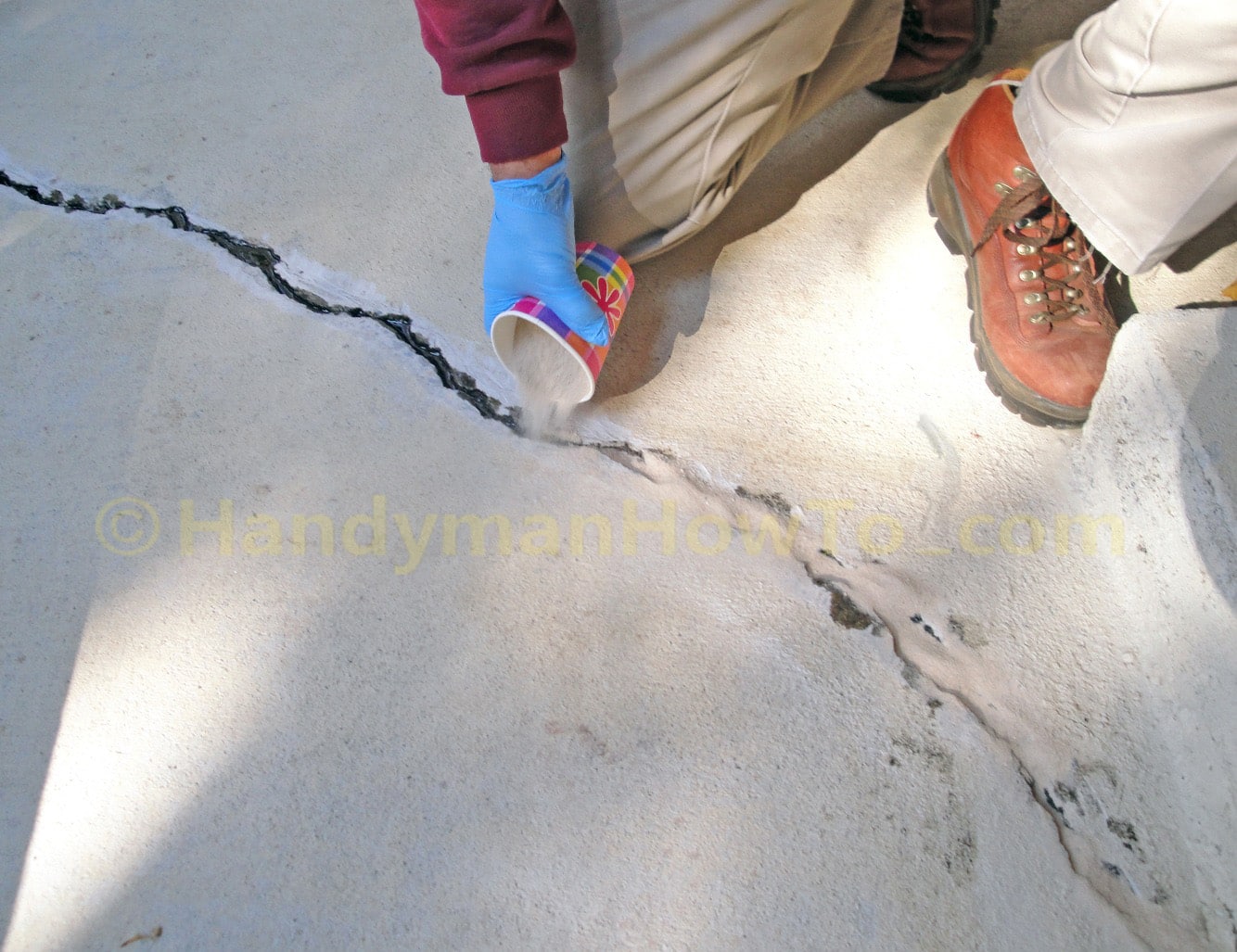Concrete Slab Crack Inducer

[There should be a set of navigation buttons here, but your browser does notsupport inline frames or is currently configured not to display framesYou can still use the text-based navigation facility on the Site Map page, though. Xtreme Dance Pad Platinum Software Corporation there. ] On This Page. • • • • • • • • • • • • • • • • • • • • • Related Pages • • • • • • • • • • • • • • • • • Introduction All concrete, once placed, will contract slightly during the curing process; this is the primary cause of small surface cracks that appear during the curing process. When set, concrete will expand and/or contract slightly with ambient temperature. It is therefore advisable to incorporate some form of movement joint within larger slabs, particularly those 6m x 6m in plan or larger. Any concrete structure that is going to require numerous movement joints, is best designed by a civil or structural engineer. Movement joints are also useful when laying concrete within an area bounded by walls or buildings, or when an object such as a manhole cover has to be incorporated within the slab, as they allow the concrete to expand and/or contract without transferring pressure onto the other structures, causing cracks within the concrete slab, or the wall, MH cover, etc. Spacing The usual recommendation is for some form of movement joint to be created in a non-reinforced slab at a separation of approximately 30 times the slab thickness.